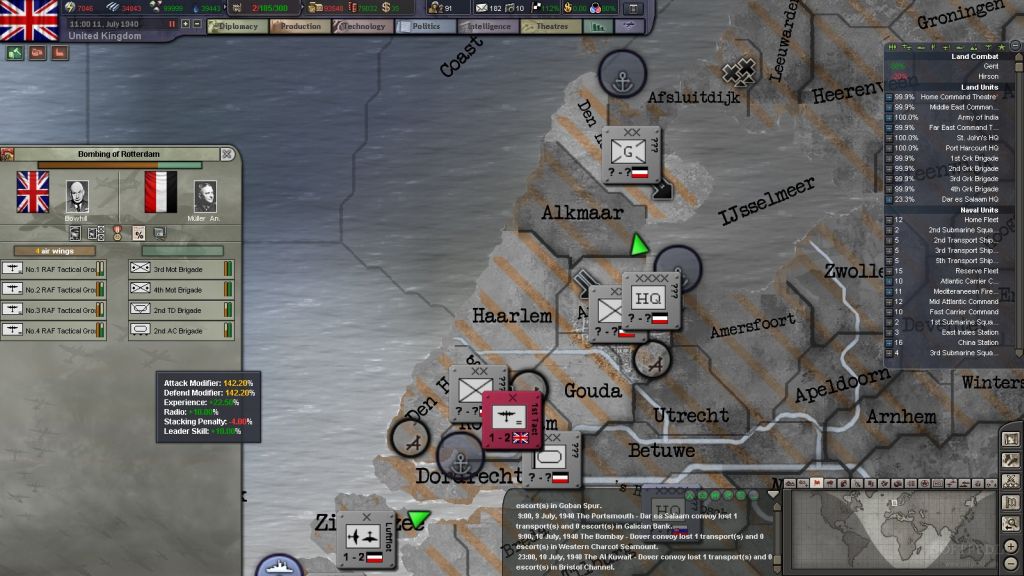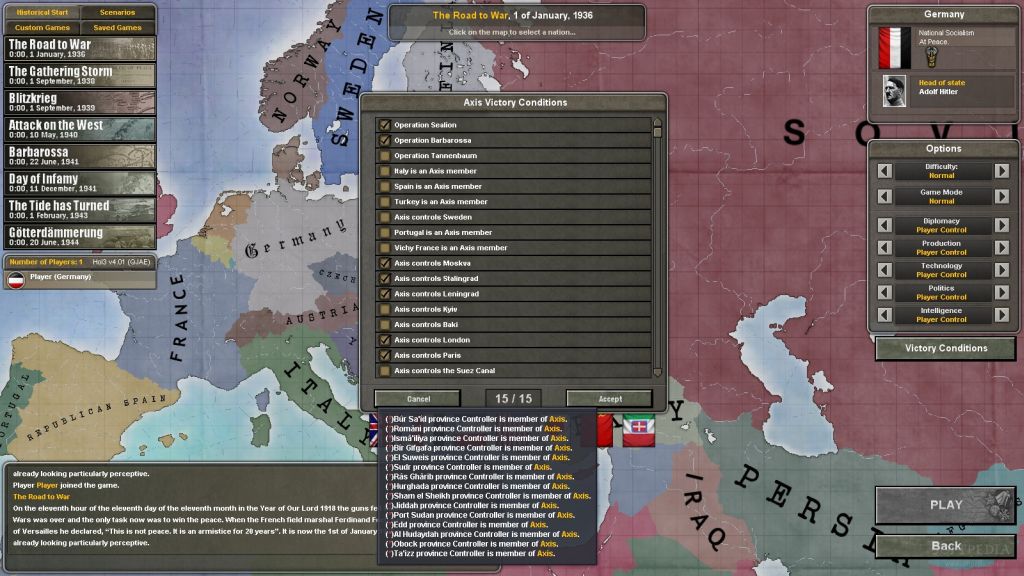Hearts Of Iron Iii Review

It may detect certain programs you wish to keep as potentially unwanted, but you caneasily exclude them from being detected. So whether it's adware or a Trojan, the program should be able to identifyit. 

About Genre Strategy Rating Rated 'RP 'Summary The third installment in the critically acclaimed Hearts of Iron series, this game focuses on satisfying veteran players through a multitude of brand new features and systems, including a huge map with more than 14,000 provinces. Hearts of Iron III is not only a strategy game, but it’s one of the most in-depth strategy games ever made. You can be deeply puzzled when you’ll first load it up. This isn’t a situation when a strategy gamer would be surprised with the new look and feel; a very common condition with starting a new strategy game.
There are so bloody many video games based on World War II that most consider them a wholly separate genre from the rest of the industry. Why that is is a question for philosophers and historians, but the fact is a significant number of such titles are released every year.
But in the face of so much competition, there are a startling number of separate highly-successful franchises in the WW2 subgenre, and it would come as no surprise to Charles Darwin that each is so successful because it has its own unique niche, a way to vastly differentiate itself from its peers and earn independent recognition. Hearts of Iron is one such series, by virtue of being possibly the only WW2 Grand Strategy game - or at least the only WW2 game to do Grand Strategy well enough for people to care.
A Grand Strategy game, for those readers who have no idea what it is (props for branching out, by the way), is a game that simulates everything. Gameplay is conducted at the national level, in contrast to more a conventional game like Company of Heroes which takes place at the battalion level. Rather than commanding soldiers and vehicles on the battlefield, the player has at his disposal the resources and manpower of an entire nation. At such a high level of focus, individual units, even sometimes armies are not directly represented, and are instead abstracted down to icons and numbers. Lots and lots of numbers.
Now, I've seen grand strategy done correctly, and I've seen grand strategy gone wrong, and I would say the difference is in how those numbers are handled. Are they carefully placed on the interface, organized in a careful and sensible manner, one must ask, or is the player simply bombarded with them from all directions? The latter leads to a player too overwhelmed and frustrated to keep playing. The former manages this frustration and presents numbers as tools to be ignored or heeded at will, as most drivers do with half the things on their dashboard. Hearts of Iron III, I must say, does not score so highly in this regard; the user interface is sleek and efficient, granted, but remains cluttered with numbers and stats and ratios that might not bother a first-year math student, but severely unnerves this history-buff.
Though HoI3 might sport a clunky interface, with a bit of experimentation and exploration it's not difficult to learn how everything works - the large bar at the top with buttons labeled PRODUCTION, TECHNOLOGY, POLITICS and so forth certainly help, and the quick-start guide hosted on the official website provides enough hand-holding to get new players reasonably comfortable. Once they settle in, they quickly discover that there's a whole lot of stuff here! Sprawling technology trees, a complex diplomacy system (where literally every single nation of the period is represented and playable), intricate internal politics and a really gigantic game map all combine and threaten to crush the player under a towering mass of Wargame..but micromanagement is not the key to victory.
Veterans of more conventional strategy games might initially try to stick their fingers in as many pies as they possibly can, but this quickly leads to over-extension as things keep piling up. Instead, in order to maintain sanity virtually the entire game can be set on autopilot through AI ministers and generals, allowing players as much or as little direct control as they feel necessary. Newcomers might enable the majority of these ministers and watch intently as competent AI directs research and industry, gleaning helpful hints of strategy from their actions while they deploy armies and fleets across the globe with their own reassuring hand - this is certainly what I did, and I learned far more from watching the AI ministers do their thing than I would from just randomly clicking things that looked good. This is not to say the game plays itself; final control still rests firmly in organic hands (thank-you-very-much, SKYNET). The purpose of AI delegation is exactly that, passing on more difficult or detailed tasks and allowing you to focus on the gameplay that interests you. To make things even more interesting, each government maintains a cabinet of various (historically correct!) figures who each have effects on how your nation plays, and how the corresponding ministers behave. But if you don't like the effect a certain minister has on national policy, it is still within your power to have them replaced by another (still historically correct!) individual.
It's a sound idea for the new player to delegate politics, research, and even industry to AI minister control and deal primarily with military strategy, and this interface is fairly intuitive; simply right-click on the unit you wish to command, then left click on its destination. A small menu then pops up that allows you to give more detailed orders like simple move or attack commands, intercept and patrol, and special unit options like convoy raids and strategic bombing. Orders can be further customized by setting the range in which they apply, specified by adjacent provinces, angle and direction, or a simple radius. This allows some fairly complex orders, from U-boats raids across the Atlantic to fighter patrols above Britain, all with a few mouse clicks. Issuing such orders to every unit your nation commands can be a long process, so remember to PAUSE the game first so as not to be constantly interrupted by status updates.
But this is only a small taste of HoI3's rich gameplay. To fully discuss each element of the game, to go into different units and tactics, weather and terrain conditions, realistic supply lines, convoys, wolfpacks, exiled and liberated nations, national unity, diplomatic arrangements like Lend-Lease, and all the other goodies would require a review of much, much greater length. It must suffice, therefore, to say that Hearts of Iron III is a strategy game of immense depth and attention to detail marred only by a steep learning curve and slightly unwieldy interface, and should be of immense enjoyment to wargamers and armchair generals far and wide.
4/5